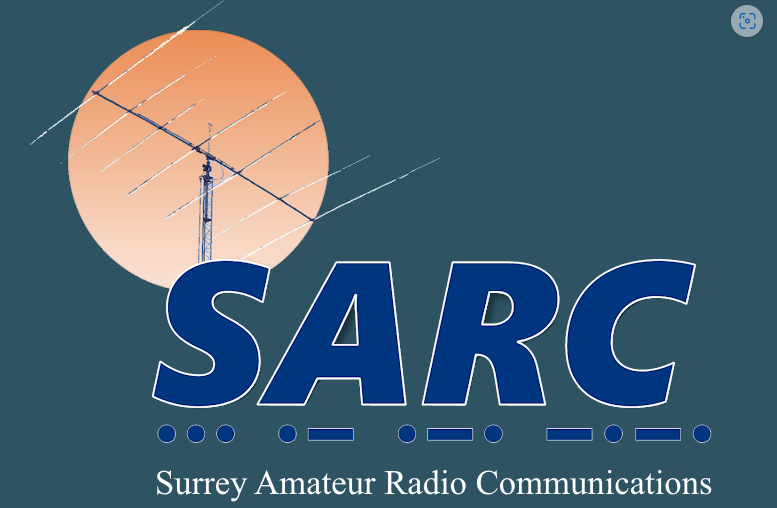Not simply different names for the same thing
Counterpoise, radials, and ground plane are not simply different names for the same thing. They each serve unique functions in an antenna system.
The choice between using a radial, counterpoise, or ground plane for your HF station depends on the specific setup and environment of your antenna system:
Counterpoise: A
counterpoise is used to create an
artificial ground when an antenna is elevated. It’s
typically used in antenna systems where a good earth ground connection cannot
be constructed. If your antenna is close to the ground, you might need to
build your counterpoise as if it was a buried radial system.
It functions as one plate of a large capacitor, with the conductive layers of the earth acting as the other plate.
Radial: A
radial is a wire that hugs the ground to provide a low loss return path for the
RF that is soaking into the ground. Radials are typically used in ground-mounted
antenna systems. They provide a low loss return path for the RF that is
soaking into the ground. Radial or buried screen systems, in direct soil
contact, are generally preferred in permanent installations. On lower
frequencies, buried systems work just as well as elevated systems. They
also have a much wider usable frequency range than counterpoise systems
If you are using
radials, they should have a length of
1/4λ
(or an odd multiple of that- λ = wavelength).
It’s worth noting that the number of radials and
their optimum length can be a trade-off. For instance, fewer radials can be
shorter, but as the number of radials increases, the optimal length tends to
increase as well. Therefore, the design of the radial system should consider both the number and length of radials for optimal antenna performance.
While a quarter-wavelength is a common length for radials, the optimal length can depend on various factors including the number of radials and the specific antenna setup.
Ground Plane: A ground
plane in an antenna system is a conductive surface that serves as a reflective
plane for radio waves. The ground plane can be a physical surface, like
the earth or a metal sheet, or it can be composed of a network of connected
wires arranged radially. The ground plane helps to direct the radiation
pattern of the antenna and to provide a return path for the radio frequency
current.
While all three components are important, they serve different purposes and are used in different scenarios. Radials are used for ground-based antennas to provide a return path for RF, counterpoises are used for elevated antennas to create an artificial ground, and a ground plane is used as a reflective surface for radio waves.
he has the perfect ground plane... salt water
As for your question about whether they can be counterproductive in certain scenarios, it largely depends on the specific setup and environment. For example, if radials are not properly installed or are of the wrong length, they may not provide an effective return path for RF, leading to inefficient operation of the antenna. Similarly, an improperly designed or installed counterpoise or ground plane could negatively affect the radiation pattern or efficiency of the antenna. Therefore, careful design and installation are key to ensuring optimal performance of these components in an antenna system.
The
choice between a radial, counterpoise, or ground plane depends on the specific
setup and environment of your antenna system. You might want to consider
factors such as the height of your antenna above the ground, the availability
of a good earth ground connection, and the frequency range of operation. It’s
always a good idea to experiment with different setups to see what works best
in your specific situation.
~ John
Schouten VE7TI










No comments:
Post a Comment